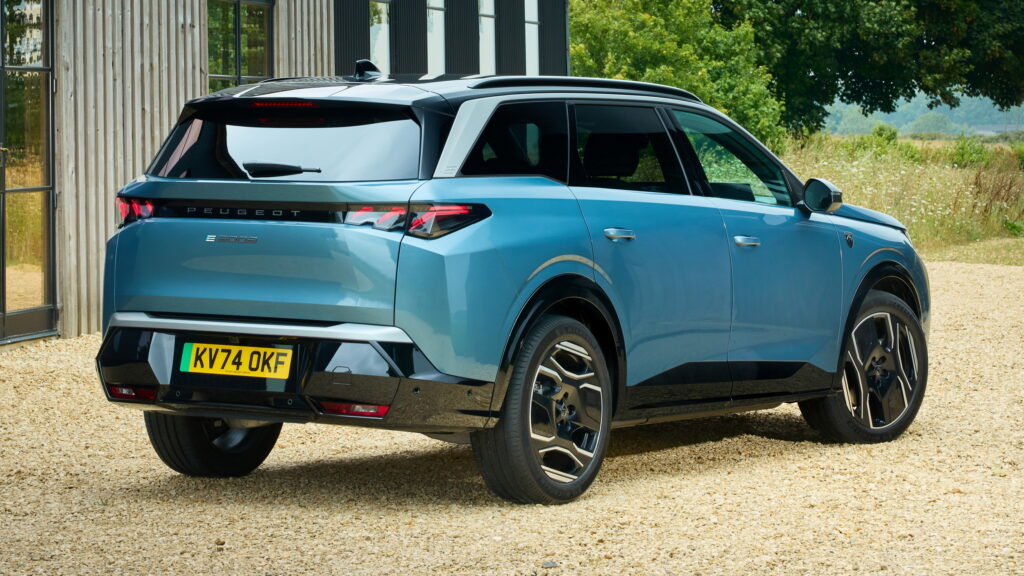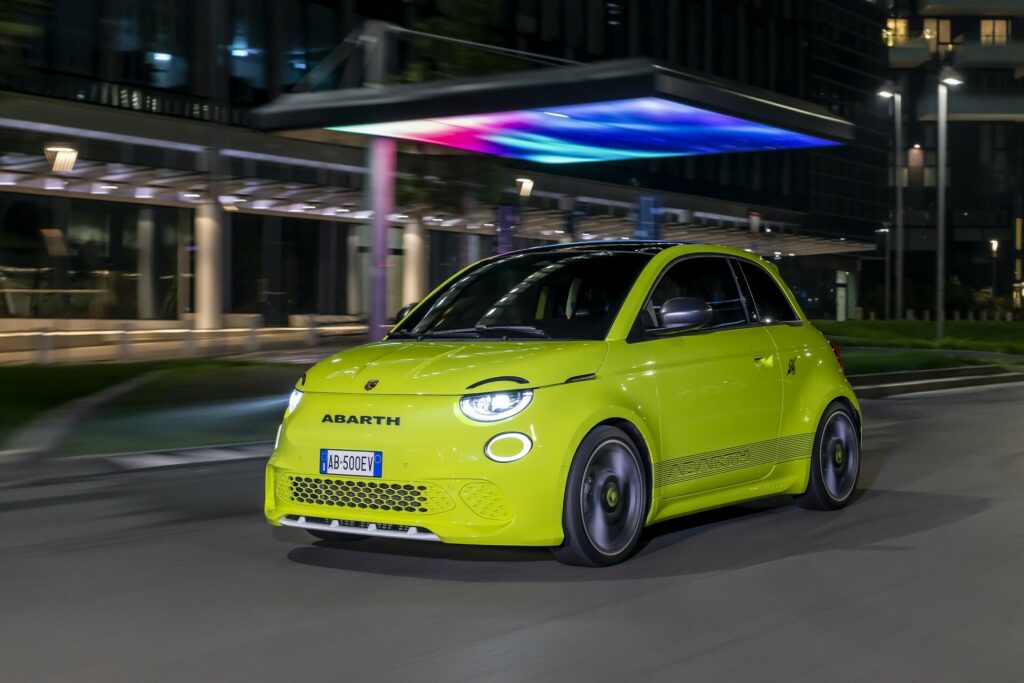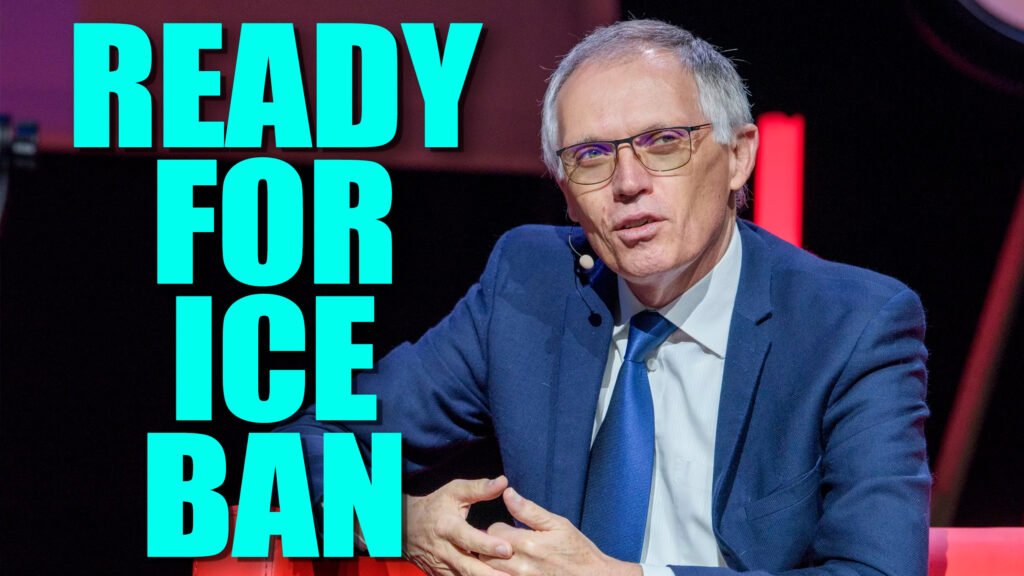- Carlos Tavares added that US dealers need to “deal with” difficulties for local EV sales.
- Stellantis is also ready for stricter emissions and fuel economy regulations in the US.
- The automaker is spending roughly $15 billion per year on electric vehicles.
The boss of Stellantis admitted that the car-making giant fully supports a European ban on ICE vehicles, even though launching new EVs and convincing consumers to buy them can be challenging.
During a media roundtable at the Paris Auto Show, Carlos Tavares noted that in addition to Stellantis being prepared for the European ICE ban in 2035, the company is ready for stricter emissions and fuel economy regulations in the US. He is eager to see the conglomerate do its part to fight climate change.
Read: Stellantis To Review The Future Of Its 14 Brands By 2026, Says CEO Tavares
“We want to be on the right side of history,” Tavares said. “We do not ask for any kind of delay. We just ask for the stability of the rules to be working properly and serving the societies in which we are operating. And I think that if you ask to delay, it means then all of this is not a significant problem. So the fires, the flooding, the hurricanes, all of this is not a problem.”
“The other day, my youngest daughter was driving her car in a forest in Portugal, and the forest was on fire,” he added. “She had to drive through the forest on fire. The door panel on the right hand side melted. So how do you feel if one of your daughters is in this position and you say, ‘I’m going to ask to dispose the CO2 regulations’? There is a moment where we need to face reality. If the problem is real, we must contribute to fix it. Is it tough? Yes, it’s super tough. There is no discussion. It’s super tough. But I think it’s the right thing to do.”
Stellantis is spending roughly $15 billion per year on electric vehicles and, by the end of this year, will have 40 EVs available in Europe. However, it’s facing significant upwinds, particularly in the US.

US difficulties
The company’s US sales have collapsed through the first nine months of the year, and Stellantis is working to reduce huge inventories across many of its popular brands. It’s also dealing with the challenges of introducing new EVs into the local market, with Tavares noting that many consumers aren’t willing to pay a premium for an EV and want the charging infrastructure to improve.
“You insert an additional cost of 40% in a system, which is very constrained, obviously it creates a lot of tension, and obviously it creates anxiety,” Tavares told The Detroit News. “We are all facing the same reality. And my people, they also have anxiety, but we are dealing with it. We are dealing with it, and everybody needs to take a fair share and deal with it.”




